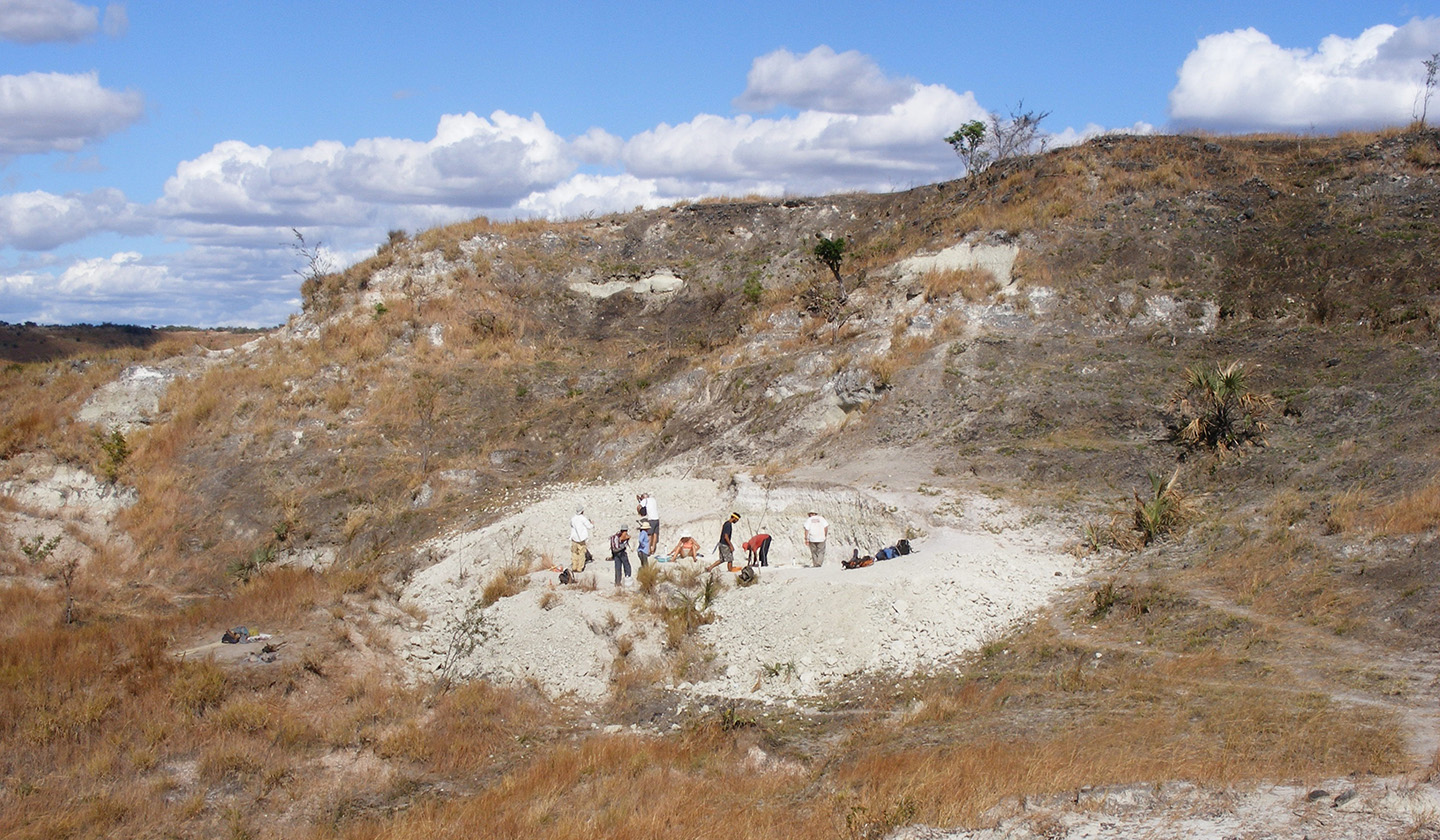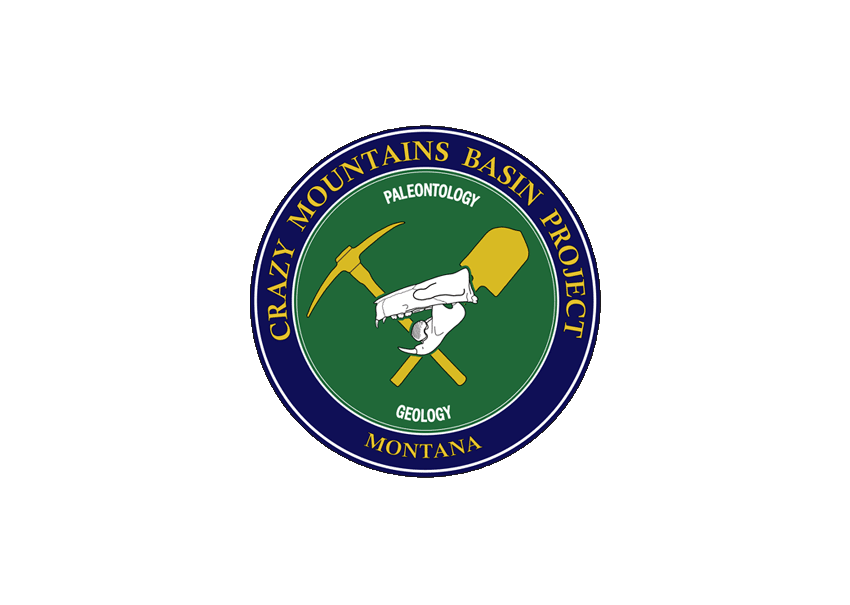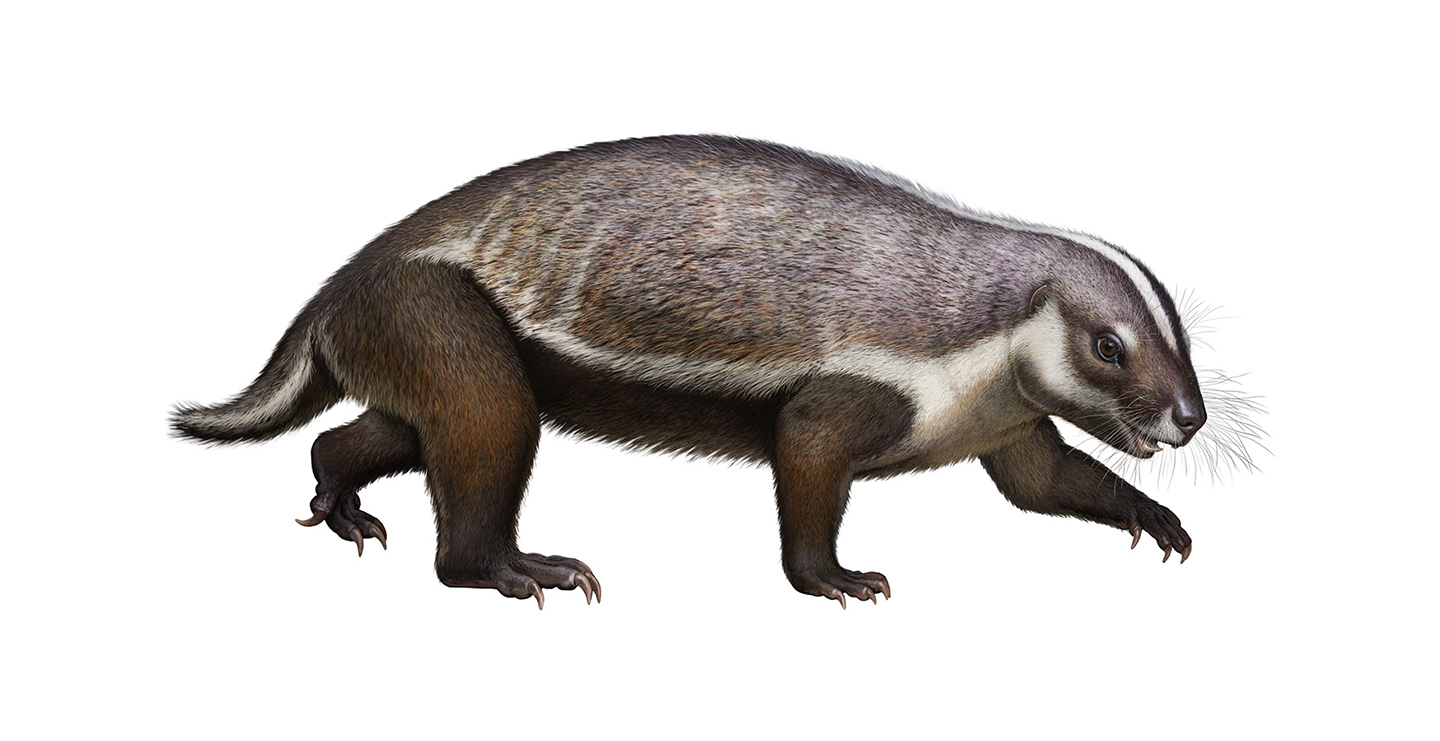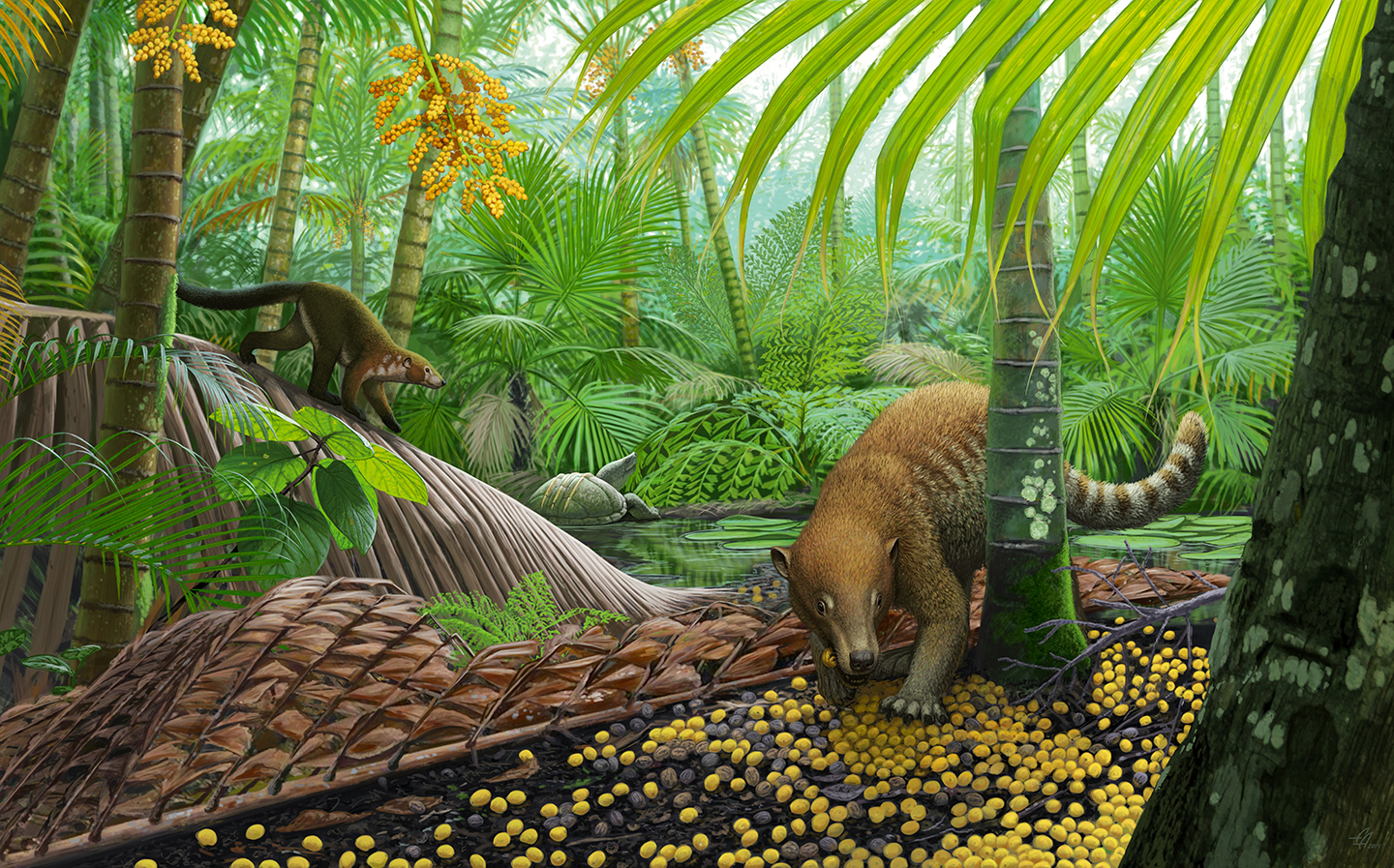Dr. David Krause is a vertebrate paleontologist who primarily studies early mammals, although he has also published scientific papers on fossil fishes, salamanders, frogs, turtles, lizards, snakes, crocodiles, dinosaurs, and birds. Dave came to the Museum in 2016, after a long career as a professor in the Department of Anatomical Sciences at Stony Brook University, where he primarily taught human anatomy to dental and medical students. Much of his early research work was focused on Paleocene mammals from the Western Interior but that emphasis shifted considerably over 25 years ago to the Late Cretaceous of Madagascar, where he and his teams have made a wealth of exciting discoveries of fossil vertebrates, including complete skeletons. Many of the vertebrates are bizarre, a reflection of the their long history of evolving in isolation. More broadly, Dave’s current research is focused on the evolutionary and biogeographic history of the vertebrate fauna from the southern supercontinent Gondwana. In addition to and complementing his research, Dave founded a not-for-profit organization known as the Madagascar Ankizy Fund (ankizy means “children” in the Malagasy language), whose mission is to provide education and health care to children living in remote areas of the island. For more information, see www.ankizy.org.
Featured Publications
Krause, D.W., Hoffmann, S., Hu, Y., Wible, J.R., Rougier, G.W., Kirk, E.C., Groenke, J.R., Rogers, R.R., Rossie, J.B., Schultz, J.A., Evans, A.R., Koenigswald, W. von, & Rahantarisoa, L.J. 2020. Skeleton of Cretaceous mammal from Madagascar reflects long-term insularity: Nature 581: 421–427. DOI: 10.1038/s41586-020-2234-8
Krause, D.W., Sertich J.W.W., O'Connor, P.M., Rogers, K.C., Rogers, R.R. The Mesozoic Biogeographic History of Gondwanan Terrestrial Vertebrates: Insights from Madagascar's Fossil Record. Annual Review of Earth and Planetary Sciences 2019 47:1, 519-553. DOI: 10.1146/annurev-earth-053018-060051
Krause, D., Hoffmann, S., Wible, J. et al. First cranial remains of a gondwanatherian mammal reveal remarkable mosaicism. Nature 515, 512–517 (2014). DIO: 10.1038/nature13922
Krause, D., Prasad, G., von Koenigswald, W. et al. Cosmopolitanism among Gondwanan Late Cretaceous mammals. Nature 390, 504–507 (1997). DOI: https://doi.org/10.1038/37343
Jenkins Jr., F.A., Krause, D.W. Adaptations for Climbing in North American Multituberculates (Mammalia). Science 220:4598, 712-715. DOI: 10.1126/science.220.4598.712
The Discovery of Adalatherium
The Crazy Beast of Madagascar
An international team of scientists led by David Krause, senior curator of vertebrate paleontology, have discovered a new fossil mammal, Adalatherium hui, from the island of Madagascar. First published in the prestigious scientific journal Nature, this new mammal is represented by an articulated and well-preserved skeleton, the most complete for any mammal from the entire Mesozoic of the southern hemisphere. Adalatherium, which literally means "crazy beast," belongs to a lesser known group of mammals called gondwanatherians that previously were represented by only a single skull and isolated jaws and teeth. The skeleton has many features that are uniquely bizarre, consistent with a history of isolation on the island of Madagascar for over 20 million years. Join Krause for a live presentation about this amazing discovery and learn how his work in Madagascar inspired him to give back to the local community.









